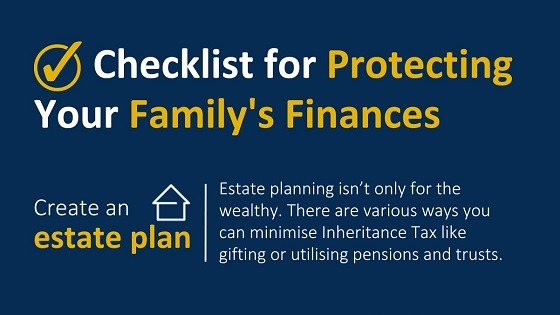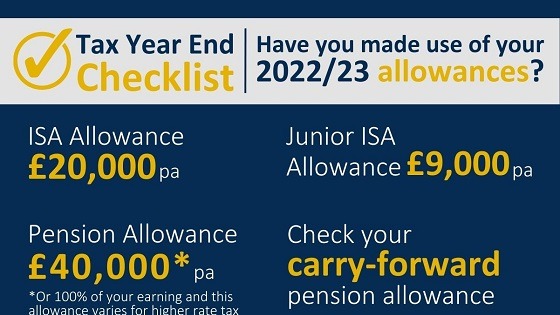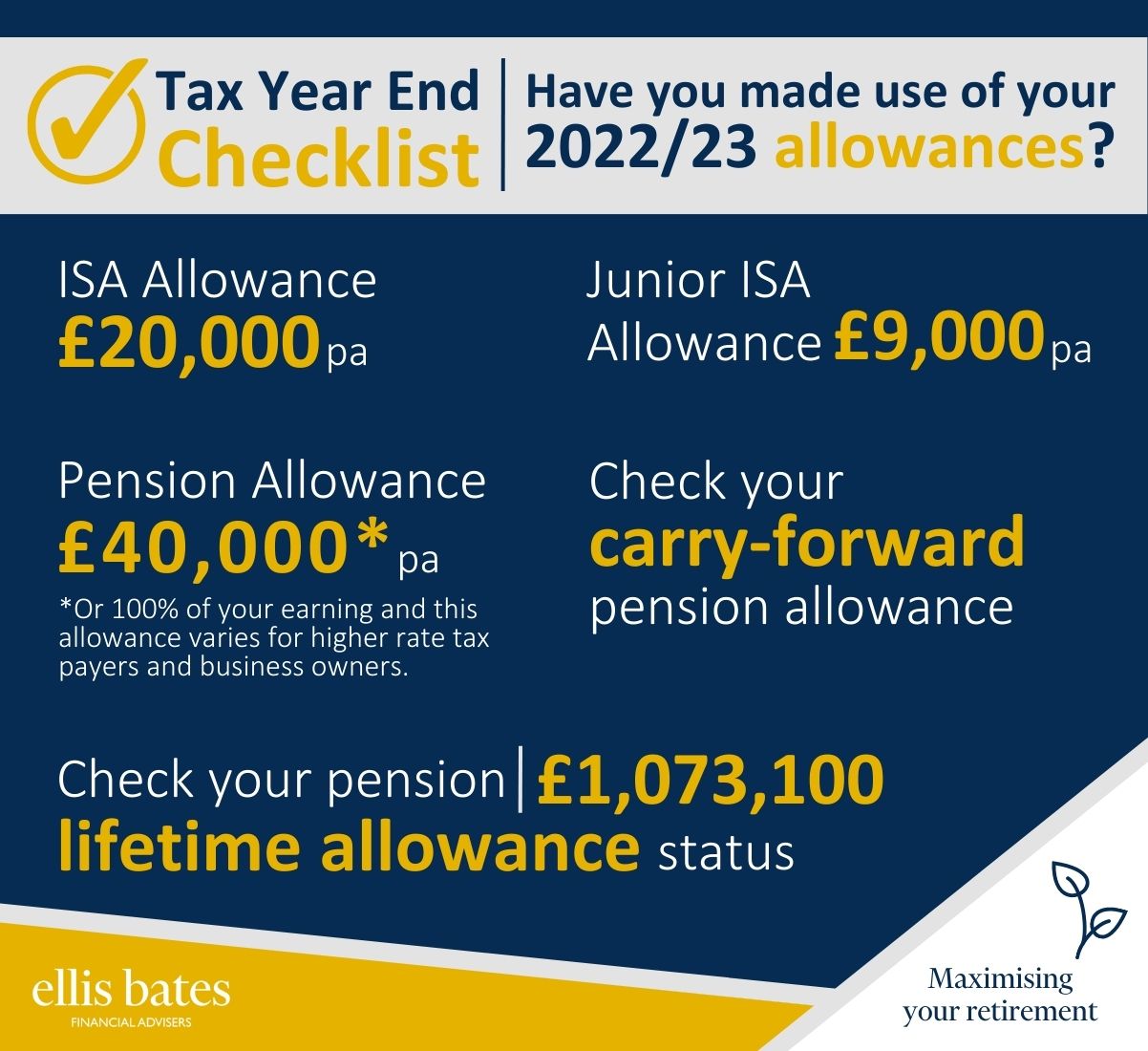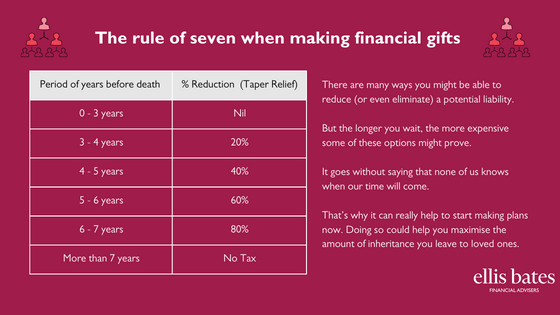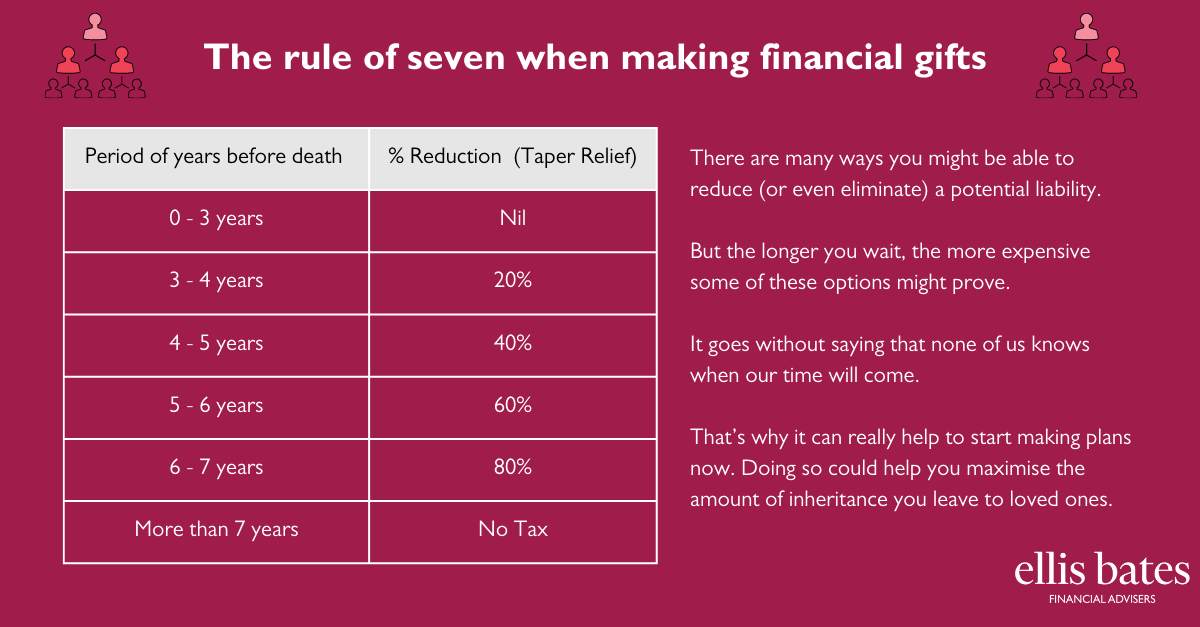Checklist for Protecting your Family’s Finances
https://www.ellisbates.com/wp-content/uploads/2023/02/Checklist-for-Protecting-Your-Familys-Finances-infographic-holder.jpg 560 315 Jess Easby Jess Easby https://secure.gravatar.com/avatar/70f816837c455030814d46a740cfc12d89893aaf8cbf8c8f8f59387d7b30ac08?s=96&d=mm&r=gChecklist for Protecting your Family’s Finances
Create an estate plan
Estate planning isn’t only for the wealthy. There are various ways you can minimise Inheritance Tax like gifting or utilising pensions and trusts.
Protect against illness and death
We can help select the right products for you and your family’s needs.
Write or review your Will
Ensure your money and assets go to the people and causes you care about.
Get in touch
For more information on our inheritance tax planning services, please get in touch.

